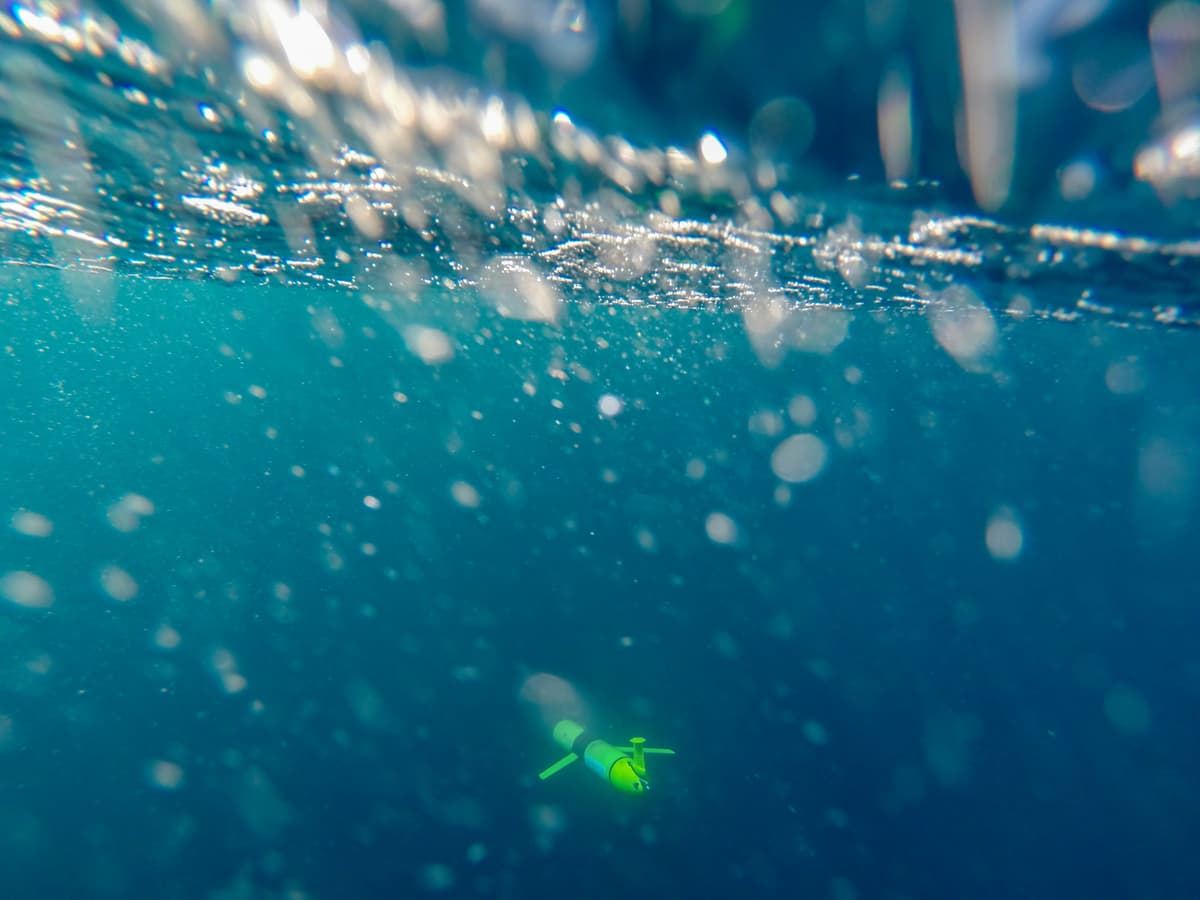Related projects & activities


We investigated how well submarine canyons transport materials from the land into deeper waters surrounding Aotearoa New Zealand.
| Project Leader | Duration | Budget |
|---|---|---|
| Daniel Leduc (NIWA) | October 2016 – June 2019 | $300,000 |
About 200 million tonnes of suspended particles wash down our rivers each year. Until recently it was assumed most of this organic material either accumulated or was consumed/decomposed in shallow coastal areas.
Our research shows that Aotearoa New Zealand’s environmental footprint goes much further into its marine Exclusive Economic Zone (EEZ) than previously thought. We now understand that submarine canyons can connect the water run-off from an area with fragile deep-sea ecosystems. Until our research, it was assumed that human activities on land were too far away from deep-sea canyons to have any impact on their ecosystems.
Earlier this year, we analysed mud samples from the Kaikōura and Hokitika submarine canyons to determine where land and coast-derived organic matter ends up. Isotope analysis of the seabed revealed that organic material from nearby rivers was able to reach the deep sea via both the Kaikōura and Hokitika canyons. The narrow, Hokitika Canyon transports land-derived organic matter over 200 km away from the coast and to depths of 2000 m, whereas in the wider, steeper Kaikōura Canyon this material does not get transported as far or as deep.
We are now developing a canyon classification scheme combining physical, environmental and biological variables. This scheme will help to predict to what extent the other 270-odd Aotearoa New Zealand canyons act as shortcuts between the land and sea, and which deep-sea ecosystems might be affected by human activities.
This project has produced or contributed to:
